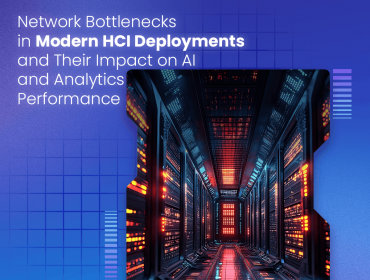Artificial Intelligence for Real-Time Fraud Prevention:
The economy relies on secure and safe transactions. Maintaining a stable and efficient business depends on effective security. In particular, eliminating fraud is fundamental to the ongoing viability of many businesses, especially those buying and selling on the Internet. The question businesses are asking is, “how do we efficiently eliminate fraud in real-time?”
Traditional fraud prevention tools now become failed to reduce fraud
- Popular legacy approaches, including Business Rules, Data Mining, nd Neural Networks, all use historical fraud data to train models and write rules. Using only data from the past limits one’s ability to identify and stop new fraud schemes. As a result, models and rules are outdated as soon as they are implemented, requiring expensive tuning and model refreshes.
- These approaches apply the same logic to every entity (card holder, device, merchant, etc.), although the spending behavior of each entity differs. In the case of business rules, gaining insight into individual spending behaviors would require an unimaginable set of rules. Neural Networks and Data Mining try to extract macroscopic behavioral patterns from historical data. Solely relying on these approaches results in low detection and high false positive rates.
- Modern fraudsters are exploiting the proliferation of payment technologies and methods. Financial institutions’ inherent structural rigidity can often also be a fraudster’s best friend, as silo structures and delivery channels lead to stove-pipe, myopic anti-fraud strategies that fail to share intelligence across relevant channels. This is especially important in today’s connected world, where commerce occurs via a myriad of channels and devices.
LIMITATIONS
- Business Rules, you must predict these possibilities by writing all of the possible rules (obviously impossible).
- Data Mining, you must generate a decision tree that takes into account all possible cases (obviously impossible).
- Neural Networks, you need to have access and train your system with all the possible patterns (obviously impossible).
- Object-oriented languages, you must foresee, know and program all possible methods (obviously impossible).
Characteristics of an effective real-time fraud prevention solution
- It should not rely exclusively on predefined rules, patterns learned from historical data or structured queries that try to anticipate every possible scenario.
- It should be data agnostic. The proliferation of payment types and methods requires technologies that are flexible and can manage data in any format (structured and unstructured) and volume.
- It should prevent rather than detect. Solutions that do not provide real real-time capabilities (before authorization) are inefficient as they do not proactively prevent fraud losses from occurring.
- It should profile behavior on a 1-to-1 basis. Every individual’s spending behavior is different. Effectively reducing fraud requires understanding this behavior at an individual level.
- It should adaptively learn over time. Once the individual behavior is characterized, the technology should continuously update these individual profiles to learn behavior over time.
The benefits of Artificial Intelligence technology
Personalization: To successfully protect and serve customers, employees, and audiences we must know them by their unique and individual behavior over time and not by static, generic categorization.
Adaptability: Relying on models based only on historical data or expert rules are inefficient as new trends and behaviors arise daily
Self-learning: An intelligent system should learn over time from every activity associated with each specific entity.













